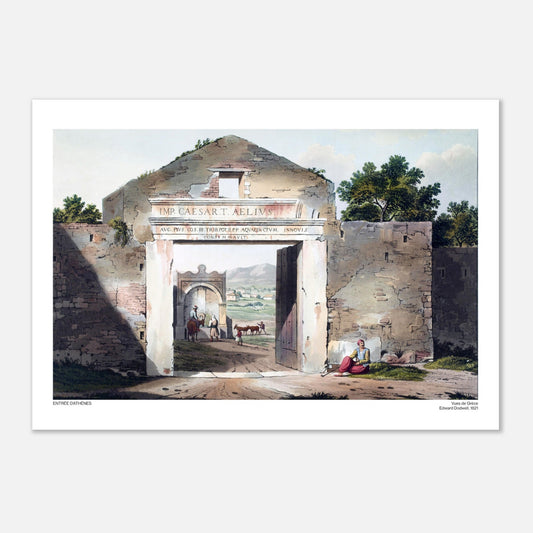Entrance to Athens - Illustration from Views of Greece by Edward Dodwell
Entrance to Athens - Illustration from Views of Greece by Edward Dodwell
Couldn't load pickup availability
Entrance to Athens is an illustration from the collection Views in Greece from Drawings published by Edward Dodwell in 1821.
The entrance to Athens, lined with ancient ruins and picturesque landscapes, offers a striking first impression of this historic city. Travelers are greeted by glorious vestiges of the past, recounting the Greek capital's millennia of history and culture.
The literal transcription of the notice accompanying this plate is reproduced below:
The entrance to Athens is to the east, near Hadrian's Gate, and leads to the villages of that part of the plain called Messogia, as far as Cephissia, Mount Pentelicon, and Marathon. It is built on three masses of marble which belonged to an ancient aqueduct. At the end of the frieze is seen the beginning of one of the arches, on which, as well as on the architrave, are the remains of an inscription which Potter completed after Gruttér. Spoerri indicates the place in which the words were placed, the remaining half of the inscription being on a part corresponding to the extreme entrance of the arch which was already lost in his time. The whole read:
IMP. CAESAR. T. AELIUS HADRIANUS. ANTONINUS AUG. PIUS. COS. III. THIB. JAR. II. PP AQUAEDUCTUM IN NOVIS ATHENIS ACCEPTUM A DIVO HADRIANO PATRE SUO CONSUMMAVIT DEDICAVITQUE.
A modern Turkish fountain can be seen through an opening.
The walls surrounding the modern lower town are about ten feet high and no more than two feet thick. They were built around the year 1780 to protect themselves from the Arnaut pirates, who sometimes made nocturnal incursions into the town and then threatened to plunder it. These walls were completed in seventy-five days without interruption, notwithstanding the work that could take place on all sides during the night; but as the service was obligatory, the expense was not great. All the materials that could be procured were used in their construction. Consequently, marble and fragments of inscriptions from ancient buildings are often seen there. On this occasion, Hadrian's Bridge over the Ilissus shared the fate of several other remains of antiquities that are perhaps even more beautiful.
About this print
About this print
The layout and composition of this reproduction have been the subject of our greatest attention.
- Respect for the format of the original work: in order to faithfully transcribe the artist's intention, the work is not cropped/re-cut except in extreme cases (obvious imperfection, geometry problem, etc.) in which case the cropping will be as light as possible.
- The presence of white margins is sometimes necessary in order to present the work in a balanced manner.
- Each size offered has been specifically composed, therefore, the size of the white margins may vary from one print size to another. Remember to check this detail carefully!
- Print only, frame not included!
Features
Features
- Premium 200gsm matte white paper, durable and strong.
- Natural, smooth uncoated finish, silky to the touch
- FSC certified paper or equivalent certifications depending on regional availability.
- Each print is shipped in sturdy packaging, ensuring safe transport.
- Each print is printed and shipped on demand. No minimum order quantity is required.
Share !
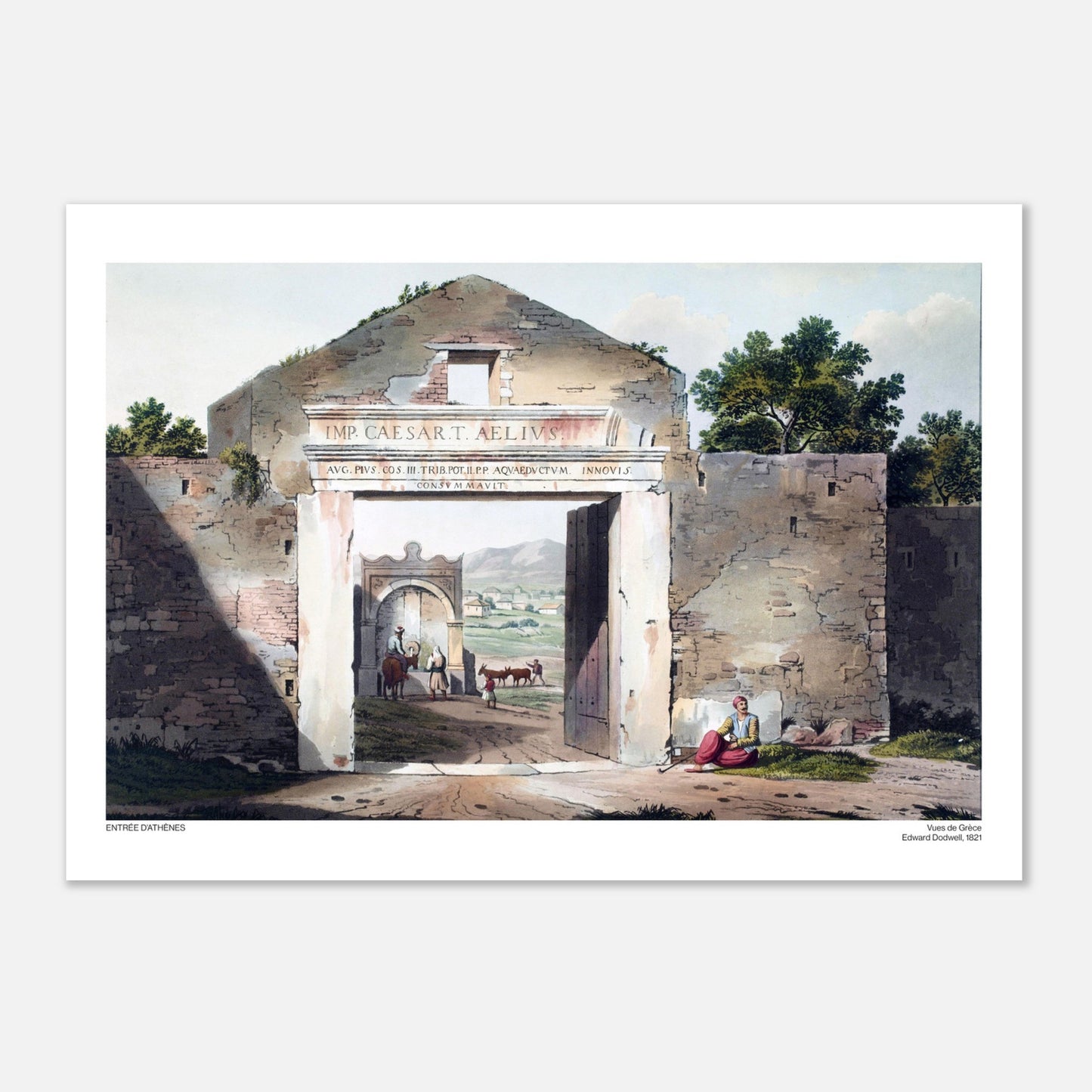
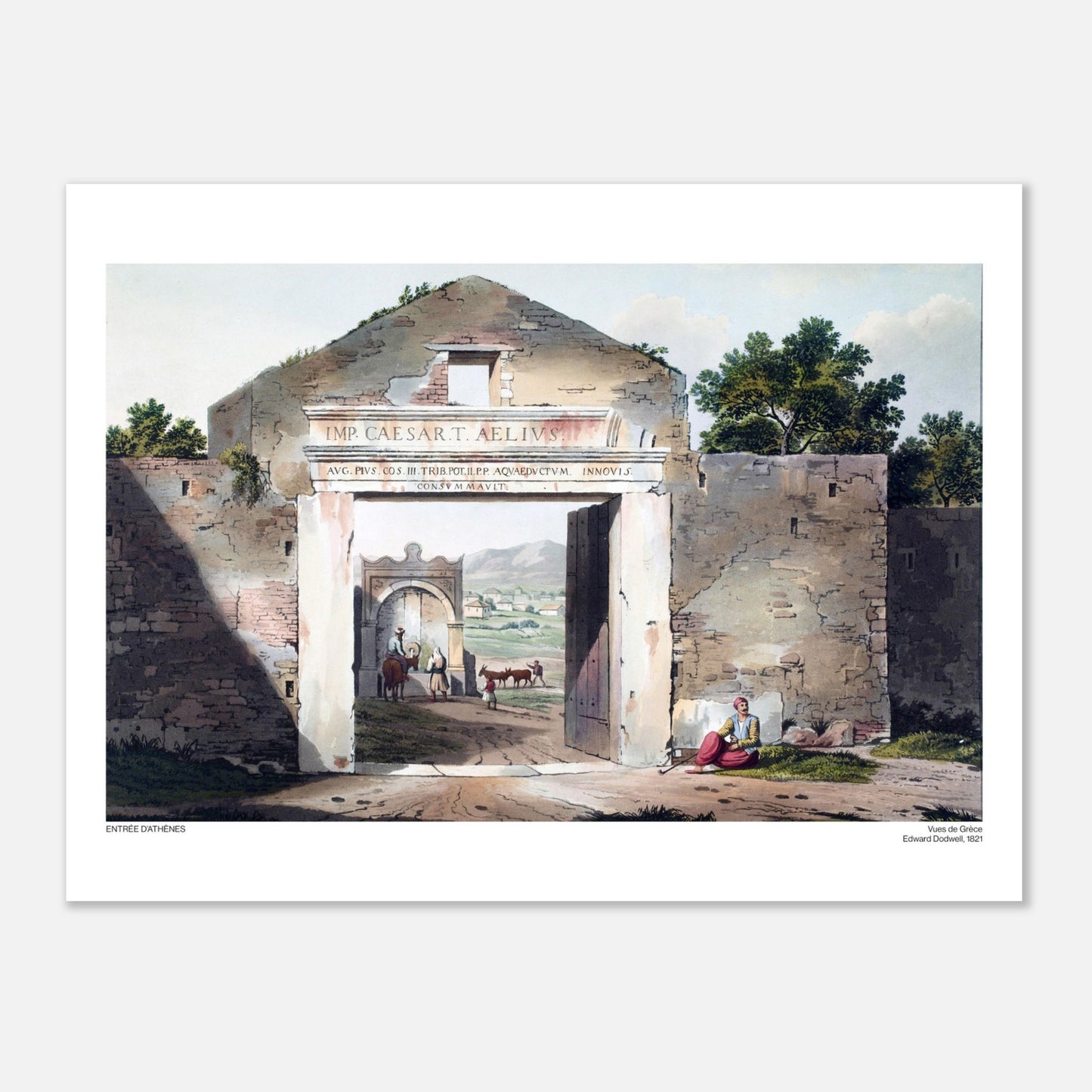
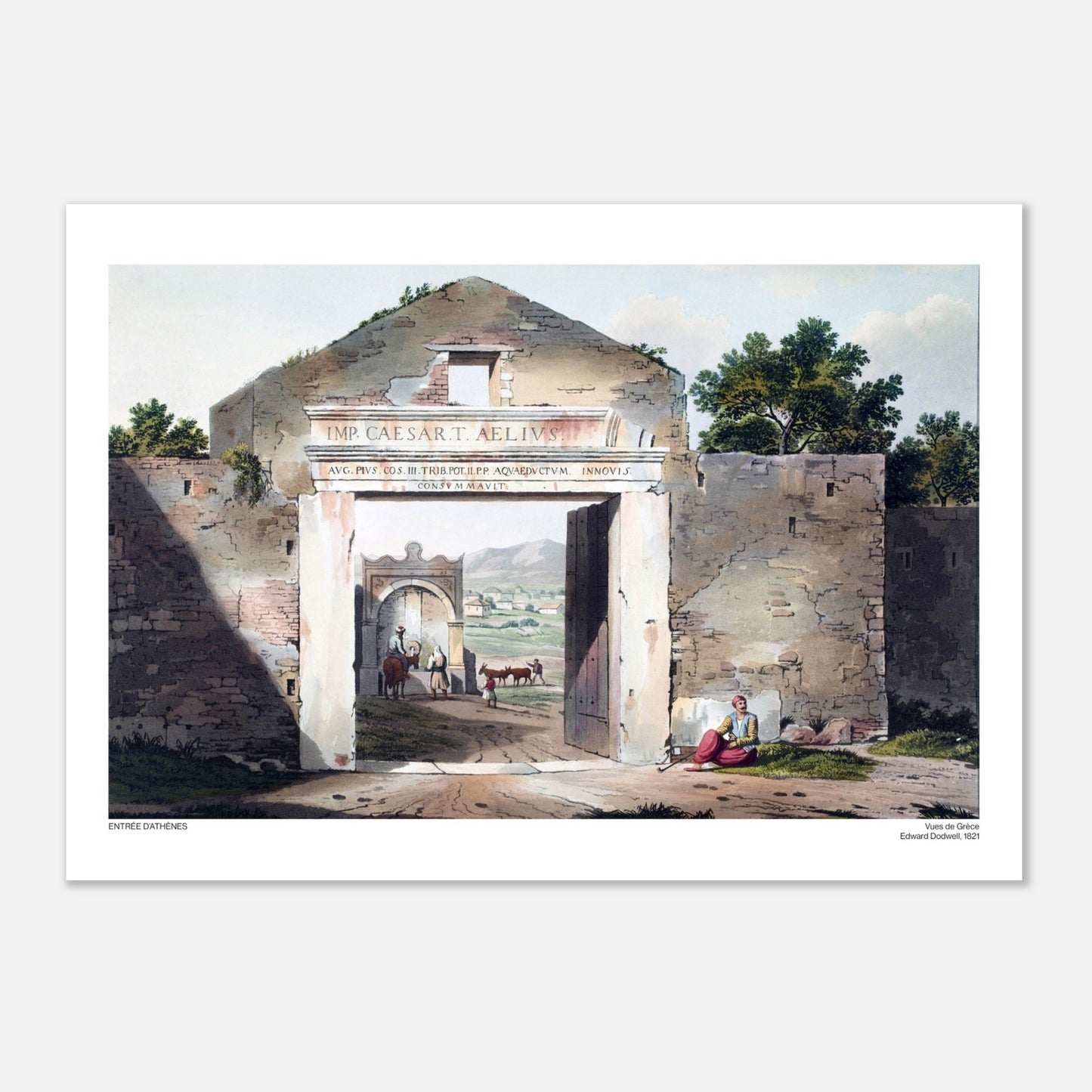
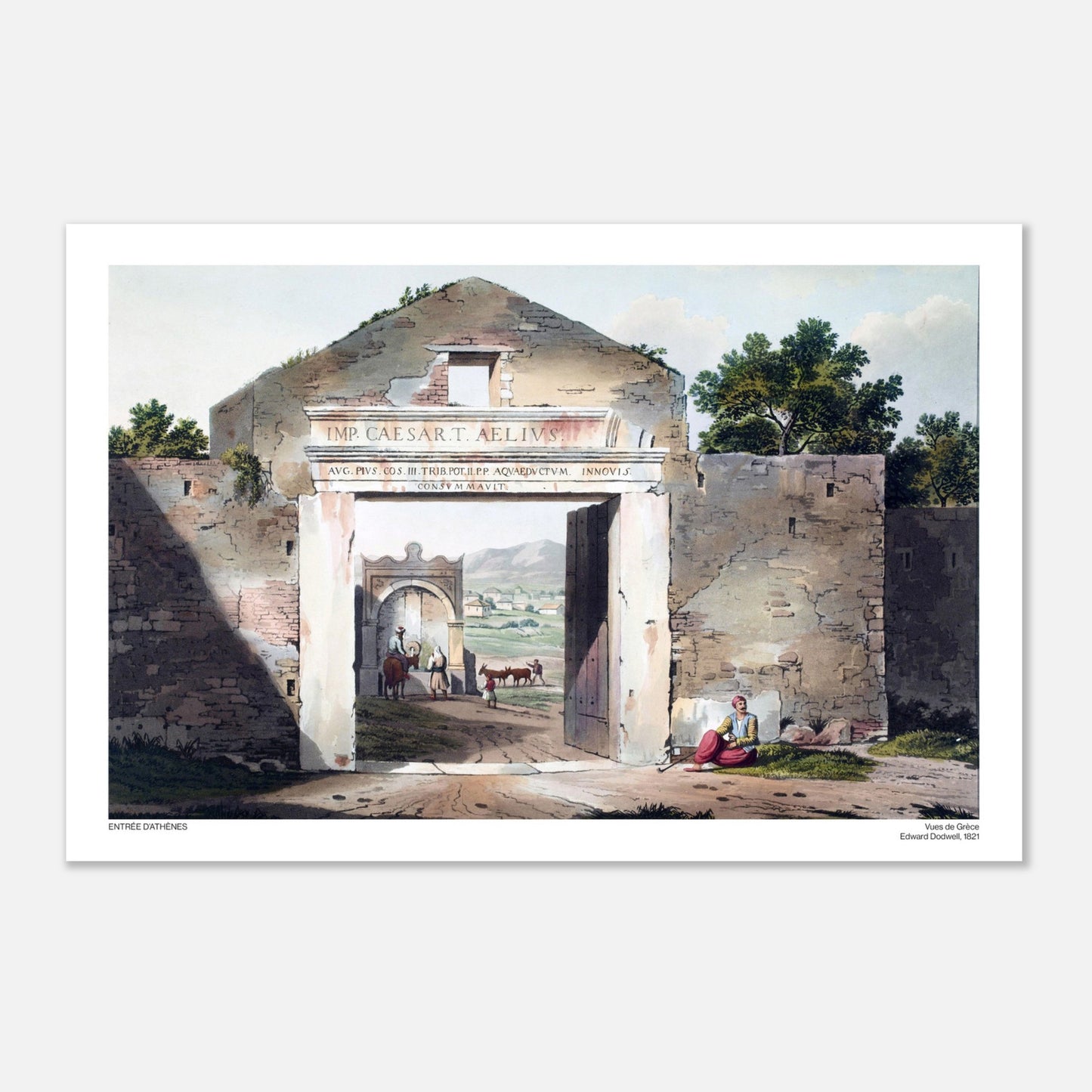
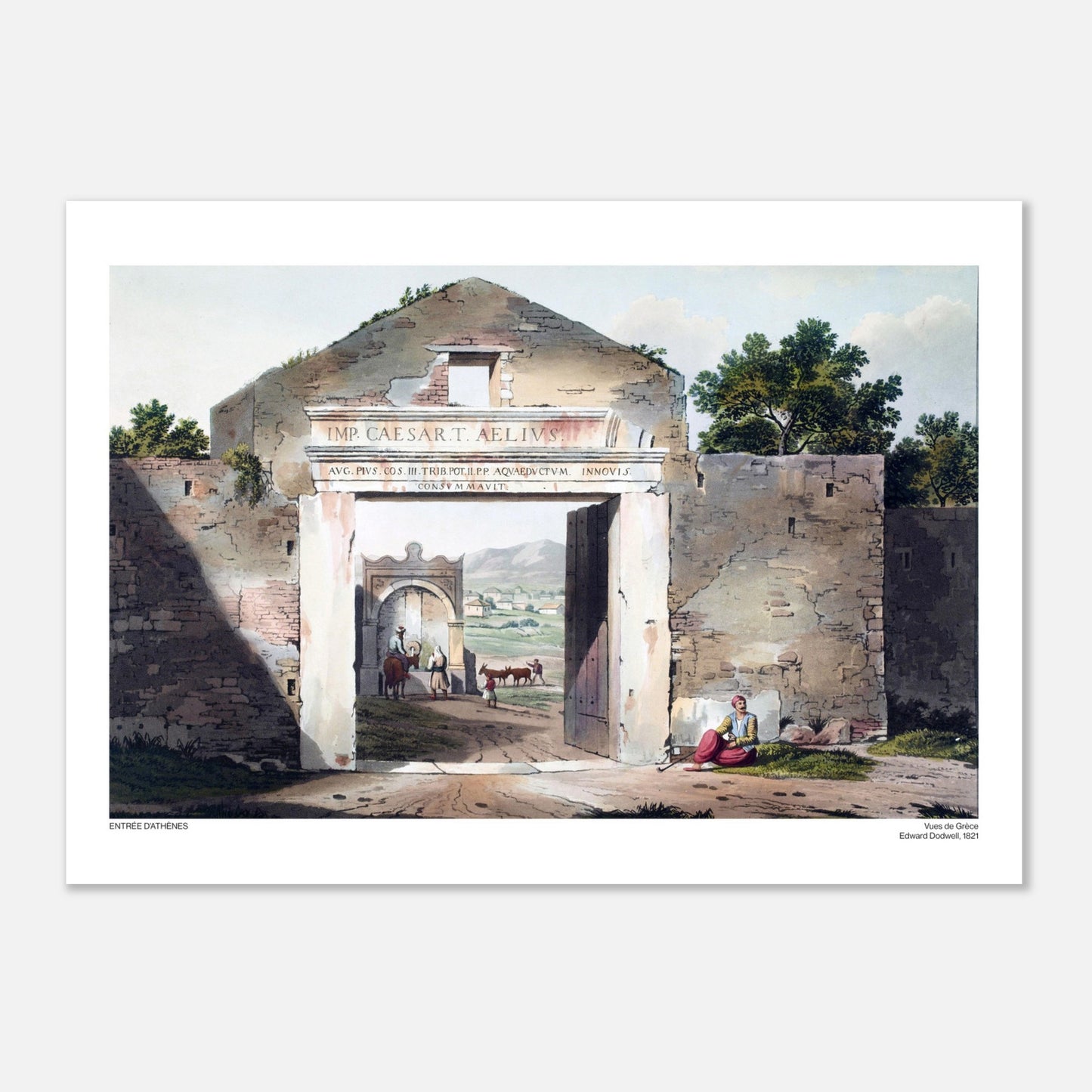
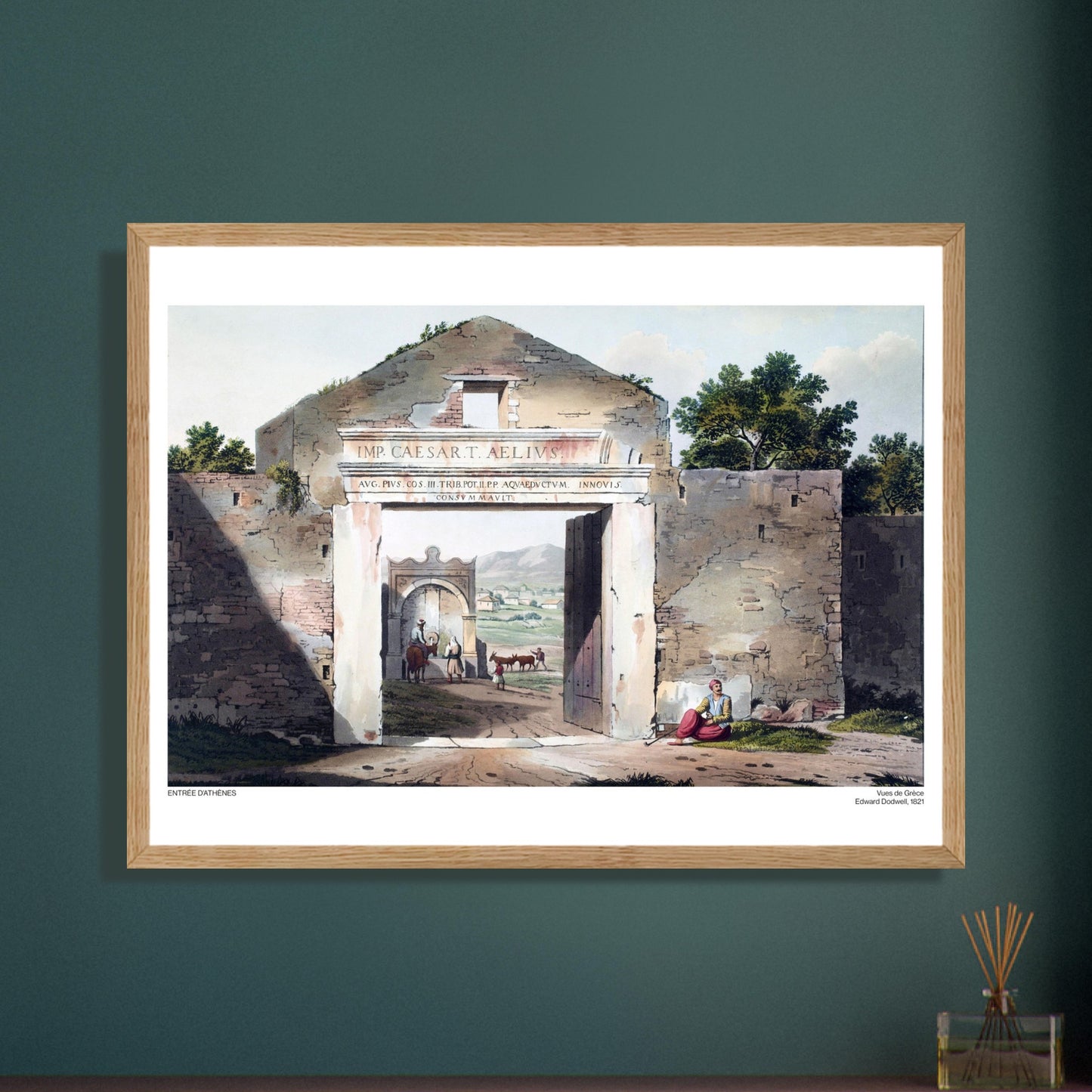
Recently viewed products
We are listening to you
If you are looking for a specific composition, a particular layout, or any other customization need, our team is at your disposal and will do everything possible to meet your requests.
So don't hesitate to...




